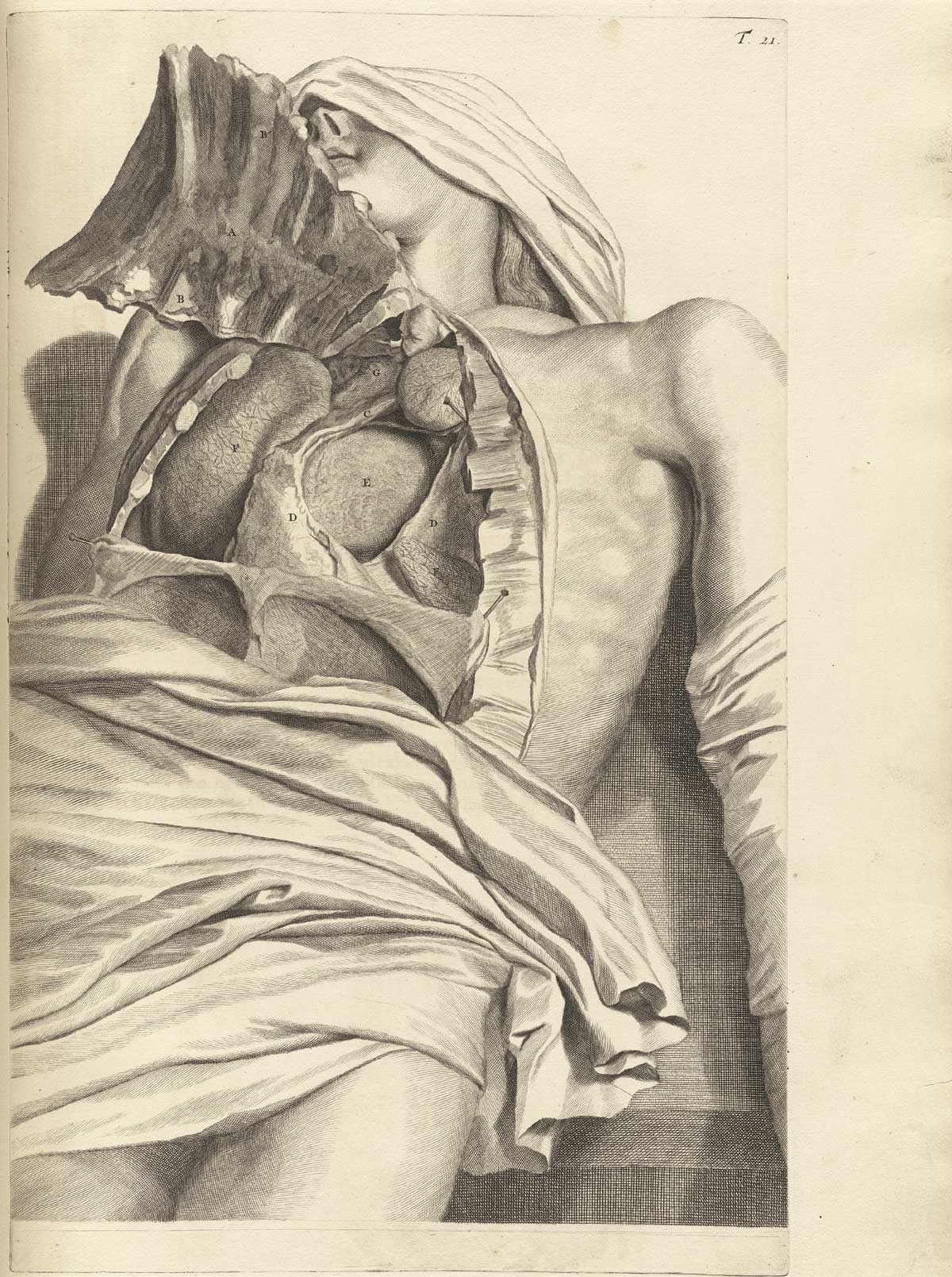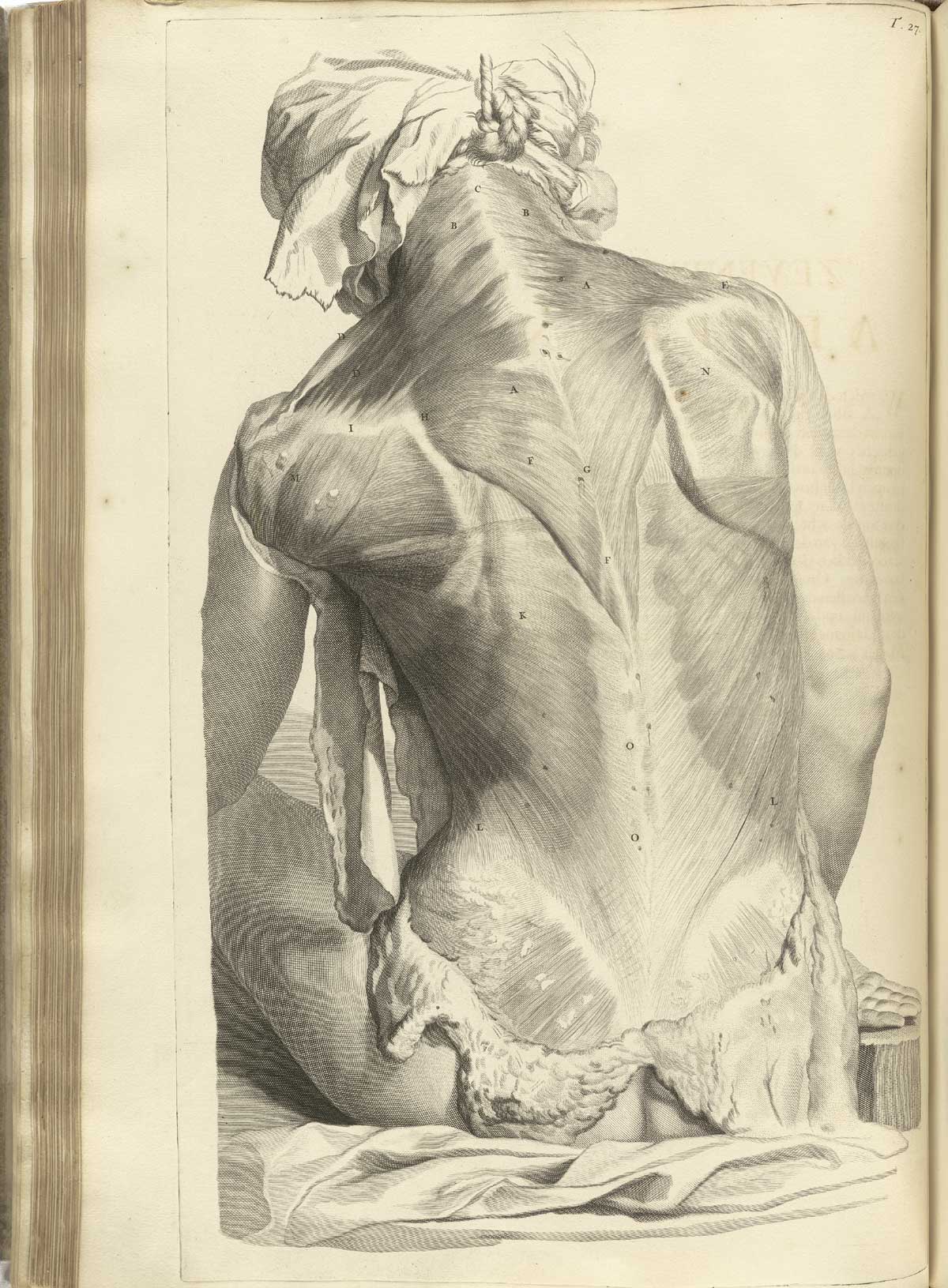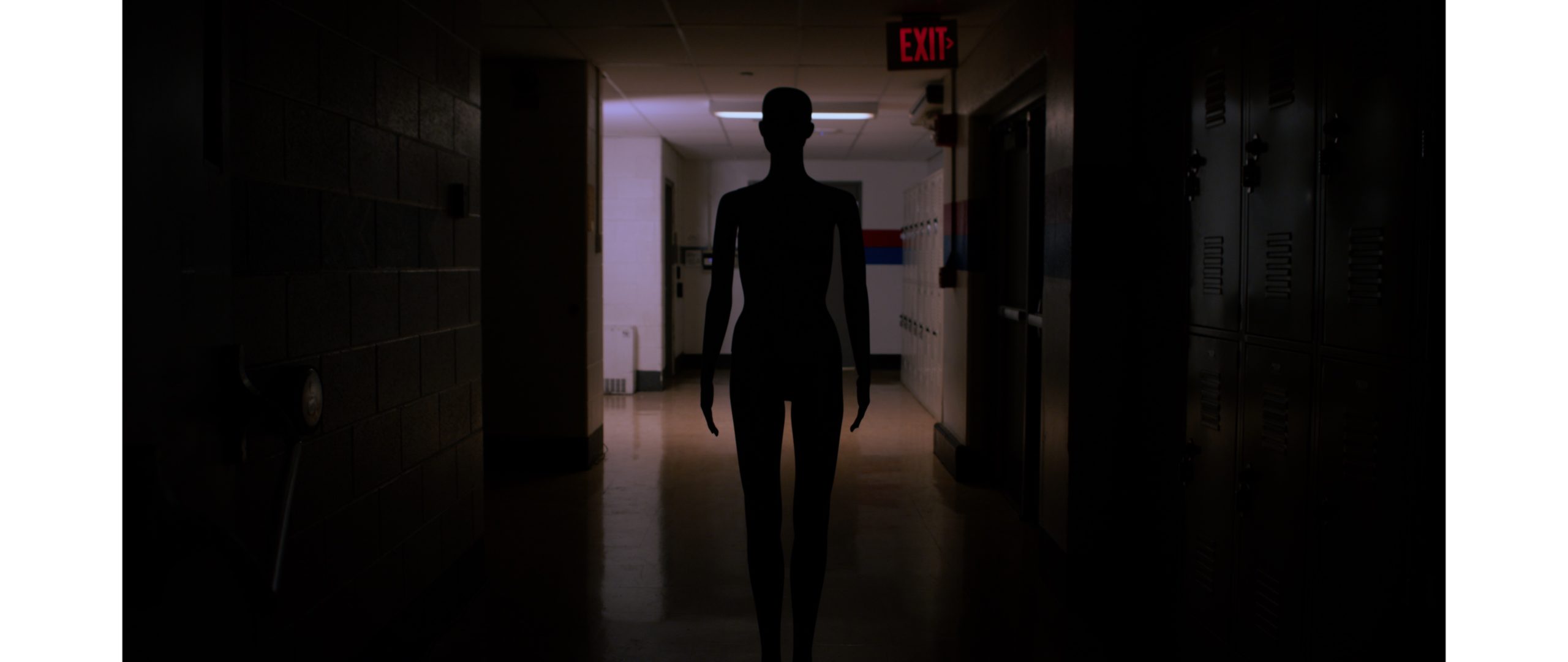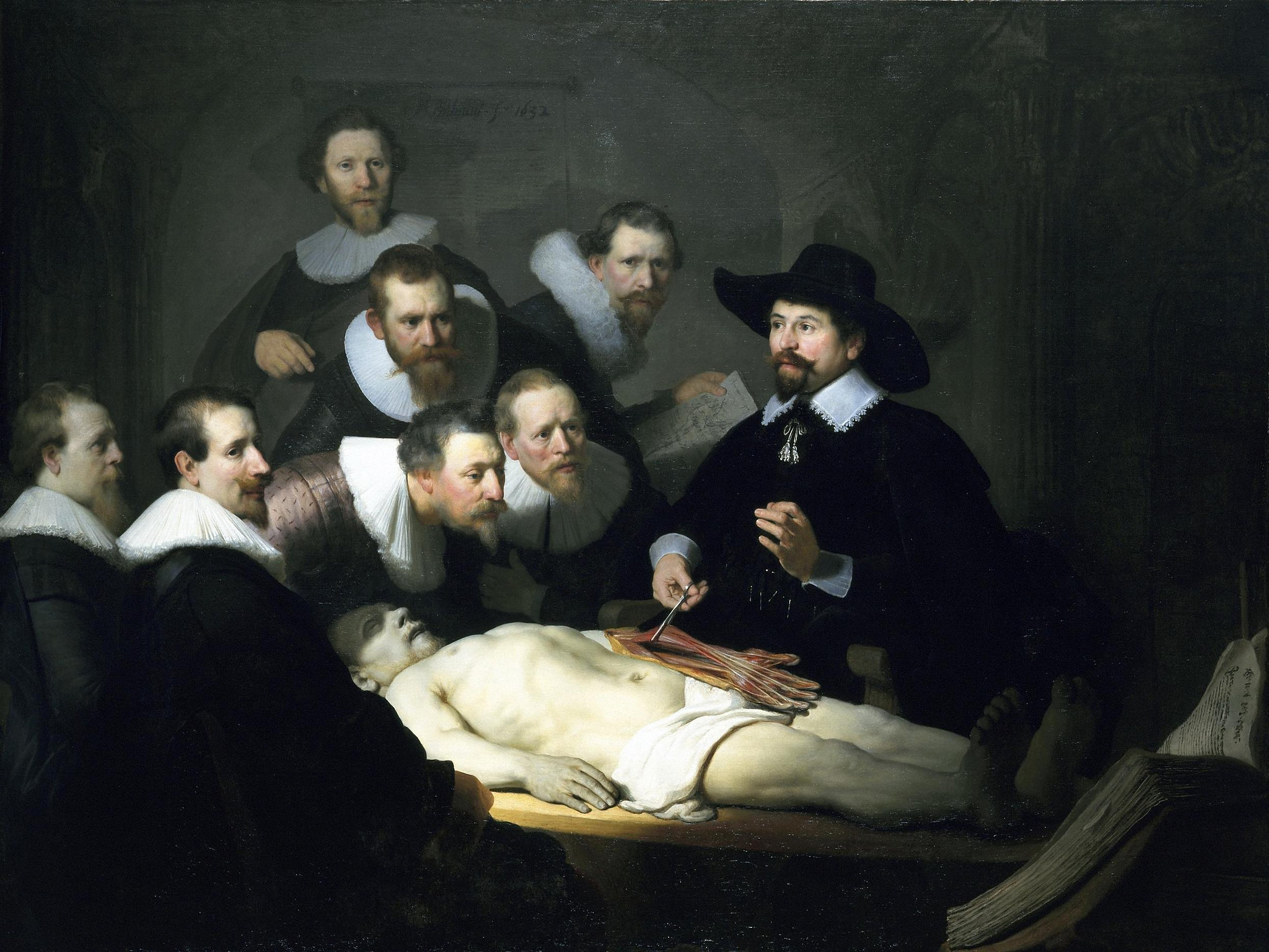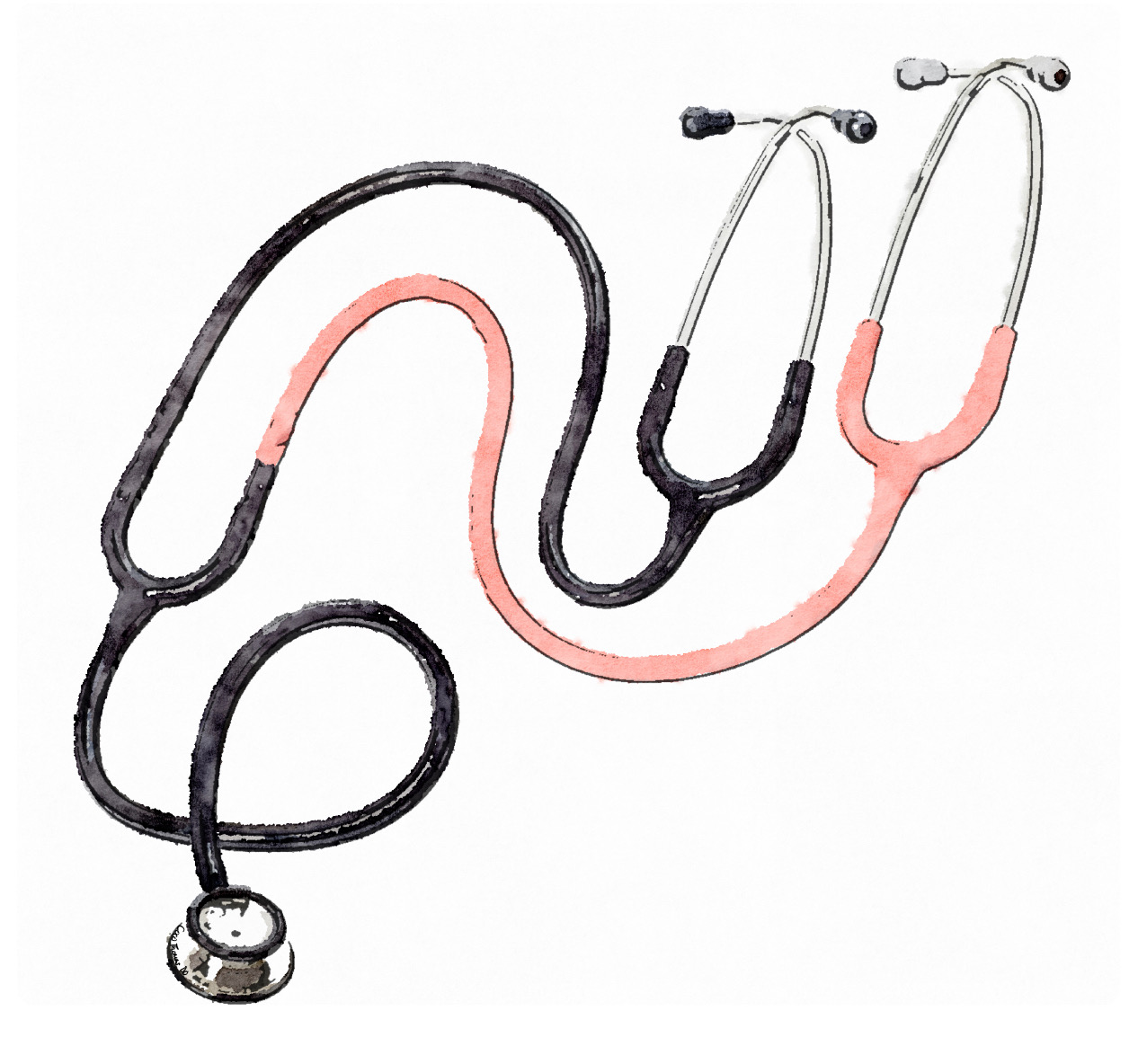Dissecting Anatomy Lab: The Assembly of a Medical Student
In the golden glow of a fall day, 104 first-year medical students parade out of the medical center carrying boxes of bones to aide our anatomy lab studies. The crates look suspiciously like instrument cases, perhaps the size of an alto saxophone, and it feels absurd to march back to our houses a la The Music Man, knowing all the while that we are bringing real live (well, dead) human skeletons into our living rooms, kitchens and coat closets.

